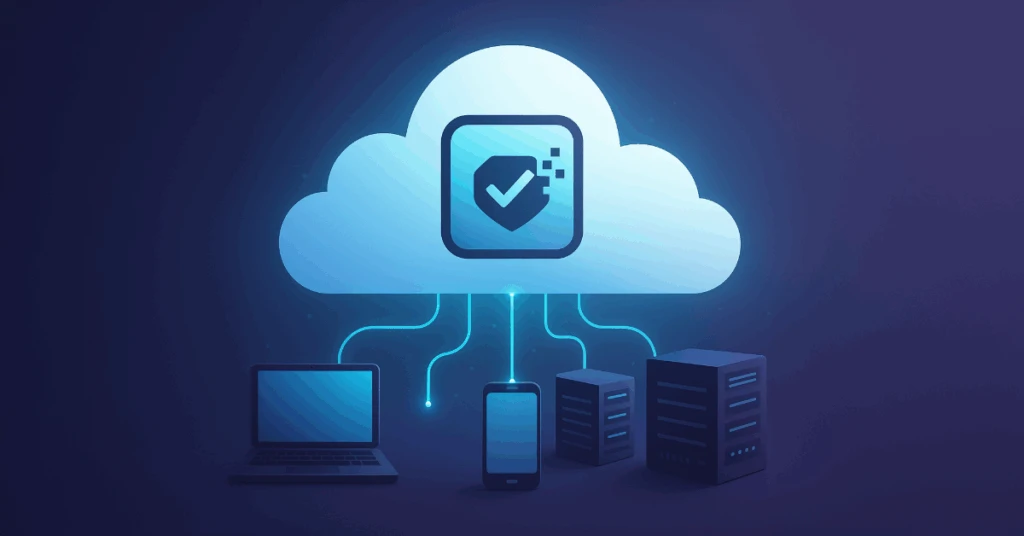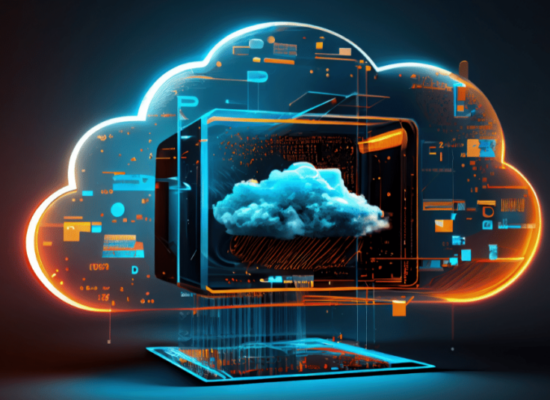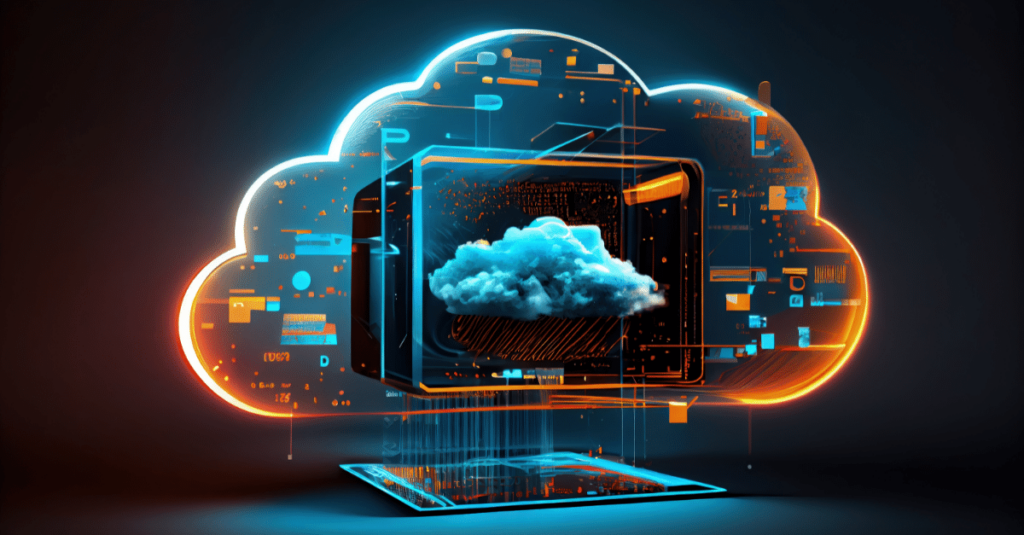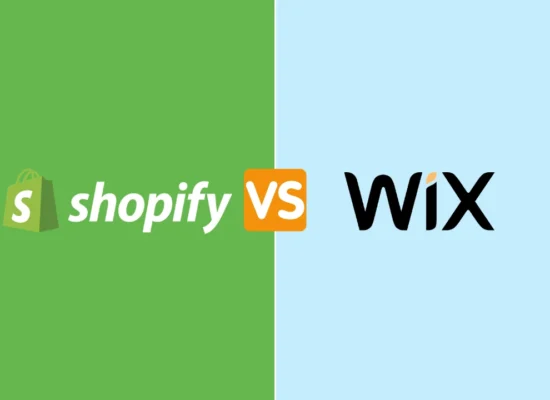The year 2025 has marked a major turning point in the evolution of cloud computing. As enterprises embrace advanced workloads like generative AI, real-time data processing, and edge computing, cloud providers are racing to deliver high-performance, secure, and sustainable infrastructure.
Table Of Content
- 1.AI-First Cloud Platforms and Agentic Workflows
- Key Highlights
- Real-World Example
- Impact
- 2.Massive Cloud Infrastructure Expansion
- Key Developments
- Benefit
- 3.Edge Computing & Hybrid/Multi-Cloud Environments
- What’s New
- Projections
- Use Cases
- 4.Serverless Architecture and Real-Time Cloud
- Key Advantages
- Providers
- New in 2025
- 5.Cloud-Native Security & Zero Trust Frameworks
- Major Shifts
- Innovations
- Why it matters
- 6.Sustainability and Green Cloud Initiatives
- Key Metrics in 2025
- Google Cloud and Microsoft Azure
- 7.Industry-Specific and Sovereign Clouds
- Concept
- India-Specific Innovation
- 8.Quantum & Decentralized Cloud Models
- What’s Emerging
- Example
- 9.Developer-Centric Tools and GPU Marketplaces
- Innovations
- Local & Regional Cloud Highlights (India Focus)
- Ready to Transform Your Business with Modern Cloud Solutions?
Here’s a deep dive into the most impactful trends and innovations in cloud services in 2025:

1.AI-First Cloud Platforms and Agentic Workflows
Key Highlights:
- Cloud providers like AWS, Azure, and Google Cloud have transitioned from traditional IaaS to AI-centric platforms.
- Introduction of AI agents for automation, data processing, and DevOps.
Real-World Example:
- AWS introduced Bedrock AgentCore, a new platform allowing enterprises to build and govern secure, purpose-built AI agents.
- Google Cloud’s Vertex AI now supports autonomous agents for business workflows, integrated with its Gemini 2.5 model.
Impact:
- Automates customer support, document handling, and monitoring.
- AI as a cloud-native service is now integrated into security, operations, and development pipelines.
2.Massive Cloud Infrastructure Expansion
Key Developments:
- Cloud hyperscalers are investing billions of dollars in global infrastructure:
- Google pledged $85 billion in infrastructure spending by the end of 2025.
- Amazon launched the AWS Asia Pacific (Taipei) Region, investing over $5 billion.
Benefit:
- Low-latency access across more regions.
- New compliance zones for data residency.
3.Edge Computing & Hybrid/Multi-Cloud Environments
What’s New:
- Enterprises are increasingly using hybrid (on-prem + cloud) and multi-cloud environments.
- Edge computing is being used to handle real-time data processing near the source.
Projections:
- Gartner estimates 75% of enterprise data will be processed at the edge by the end of 2025.
Use Cases:
- Smart manufacturing, connected vehicles, and healthcare monitoring all rely on edge + cloud.
4.Serverless Architecture and Real-Time Cloud
Key Advantages:
- No need to manage servers.
- Real-time scalability based on events.
Providers:
- AWS Lambda, Azure Functions, and Cloudflare Workers are evolving to support GPU workloads and real-time APIs.
New in 2025:
- Support for AI model inferencing directly in serverless environments.
- Event-driven microservices handling large-scale live data f
5.Cloud-Native Security & Zero Trust Frameworks
Major Shifts:
- Security is now embedded into every layer of cloud deployments.
- Cloud providers have adopted Zero Trust Architecture (ZTA).
Innovations:
- AI-powered anomaly detection in Kubernetes environments.
- Firewall-as-a-Service (FWaaS) and SASE (Secure Access Service Edge) are becoming default.
Why it matters:
- Reduces vulnerability and increases compliance with global regulations like GDPR, HIPAA, and India’s DPDP Act.
6.Sustainability and Green Cloud Initiatives
Key Metrics in 2025:
- PUE (Power Usage Effectiveness) and WUE (Water Usage Effectiveness) are now standard metrics published by cloud providers.
- Data centers are using renewable energy, liquid cooling, and AI for energy optimization.
Google Cloud and Microsoft Azure:
- Operate at 100% renewable energy, aiming for carbon-negative goals by 2030.
7.Industry-Specific and Sovereign Clouds
Concept:
- Specialized cloud platforms built for sectors like:
- Banking
- Healthcare
- Manufacturing
- Retail
India-Specific Innovation:
- The Reserve Bank of India (RBI) launched the IFS Community Cloud for banks and NBFCs.
- Goal: Secure data localization and regulatory compliance.
8.Quantum & Decentralized Cloud Models
What’s Emerging:
- Quantum Computing as a Service (QCaaS): Available via Azure Quantum, IBM Q, and Amazon Braket.
- Decentralized cloud storage using blockchain and peer networks.
Example:
- NVIDIA’s Lepton GPU Cloud allows developers to access idle GPU capacity across decentralized infrastructure.
9.Developer-Centric Tools and GPU Marketplaces
Innovations:
- GPU marketplaces are enabling startups and AI researchers to access GPUs on-demand.
- Cloud platforms now offer drag-and-drop AI agents, no-code automation, and cloud-native SDKs for real-time development.
Local & Regional Cloud Highlights (India Focus)
Google’s Gemini AI now supports Indian languages like Hindi, Tamil, and Gujarati natively.
India is developing local AI training hubs and community clouds for education, government, and finance.
Public sector cloud adoption has increased with MeitY-approved providers and Digital India stack integration.
Ready to Transform Your Business with Modern Cloud Solutions?
we can provide the right cloud service tailored to your business needs.
✅ Scalable Infrastructure
✅ End-to-End Cloud Management
✅ Industry-Compliant & Secure
✅ Future-Ready Tech with Personalized Support
Click the button above and submit the form – our team will connect with you shortly









No Comment! Be the first one.